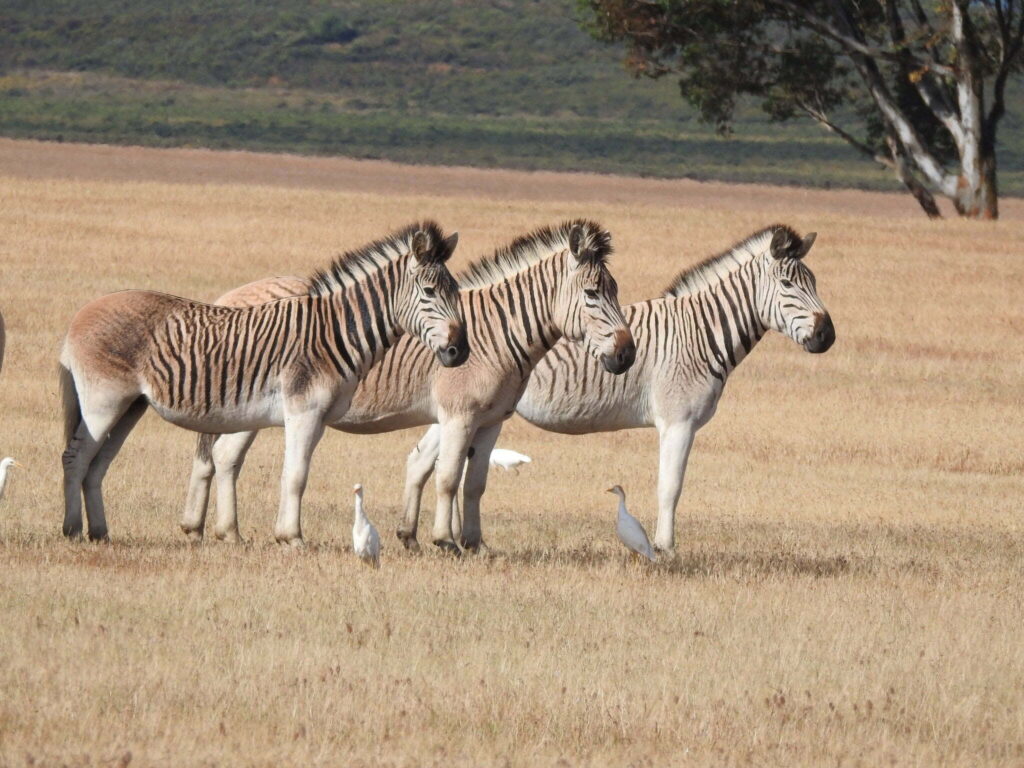Are mammoths and elephants related?
Mammoths didn’t just look like elephants — they were actually part of the elephant family! Modern elephants and mammoths both belong to the same family, called Elephantidae. But here’s something interesting: mammoths didn’t turn into the elephants we see today. Instead, they were more like distant cousins. The elephant family first appeared in Africa around […]
Are mammoths and elephants related? Read More »







